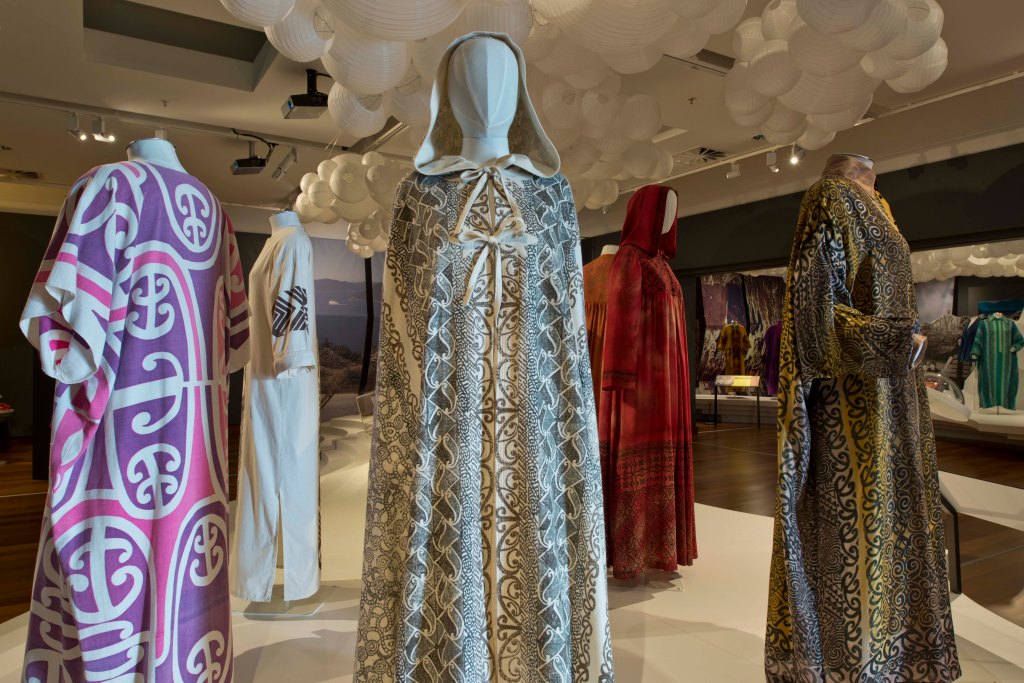
March 8 is International Women’s Day and this year the theme is ‘Inspire Inclusion’ – to encourage more inclusion for women.
So what is stopping women from sitting at the top tables? The ninth Women in the Workplace report by McKinsey confirms ongoing inequities in the workplace with women underrepresented in the corporate pipeline. The report, which included 276 organisations across America and Canada and involved surveys of over 27,000 employees and leaders, identified and debunked four key myths about women in the workplace.
Myth number one is that women are becoming less ambitious when, in actual fact, women are more ambitious now than they were before the pandemic, with flexibility being a key factor in driving that ambition.
Myth number two is that the glass ceiling is what holds women back. In fact the ‘broken rung’ is what the report identified as the biggest barrier. The broken rung refers to the smaller number of women, 87 to every 100 men, getting promoted to their first managerial role – this means as you go higher and higher up the ranks there are fewer women in the running for senior positions.
Myth number three is that microaggressions have a small (micro) impact, when in fact they have a significant and lasting impact. Microaggressions are small comments or actions which undermine, demean or dismiss someone based on their gender (or other aspects of identity). Women experience many times more microaggressions than men and the cumulative effect of this means women “are much less likely to feel psychologically safe, which makes it harder to take risks, propose new ideas, or raise concerns.
The stakes feel just too high. On top of this, 78 percent of women who face microaggressions self-shield at work, or adjust the way they look or act in an effort to protect themselves. For example, many women code-switch – or tone down what they say or do – to try to blend in and avoid a negative reaction at work.”
The final myth is that it’s mostly women who want and benefit from flexibile work when men and women both rate this as a ‘top 3’ employee benefit. For women the option of flexible work is linked in with myth three, with working remotely providing a higher level of psychological safety for women as they face fewer microaggressions. “Not to mention that men benefit disproportionately from on-site work: compared with women who work on-site, men are seven to nine percentage points more likely to be “in the know”, receive the mentorship and sponsorships they need, and have their accomplishments noticed and rewarded.”
Here in Aotearoa we also have issues to address around equity for women. Listed companies on the New Zealand Stock Exchange show only 28.5% woman in governance roles. Although this is an improvement from 22% in 2019, the numbers are even lower for women in executive management positions, sitting at just 26.4%. The gender pay gap also persists, currently at 8.6%, marginally down from 9.9% in 2014.
So what can we do? LeanIn partnered with McKinsey on the Women In the Workplace report and if you go to LeanIn.org you will find some great resources on this subject to help individuals and organisations become more aware of their biases and provides ideas and tools to help combat this.
Published in the Hawke’s Bay Today newspaper on 1 March 2024 and written by Laura Vodanovich, Director at MTG Hawke’s Bay.

